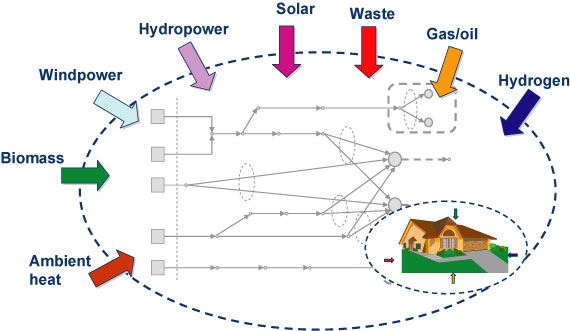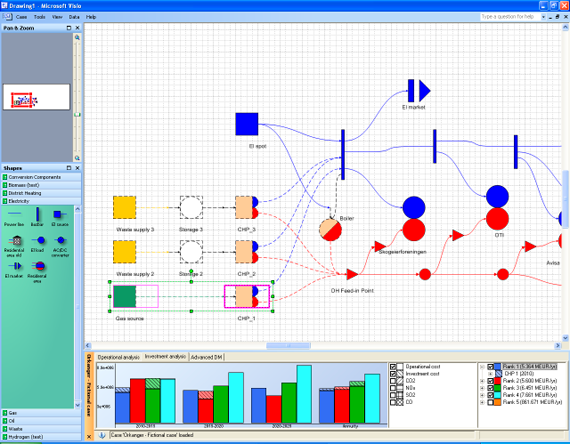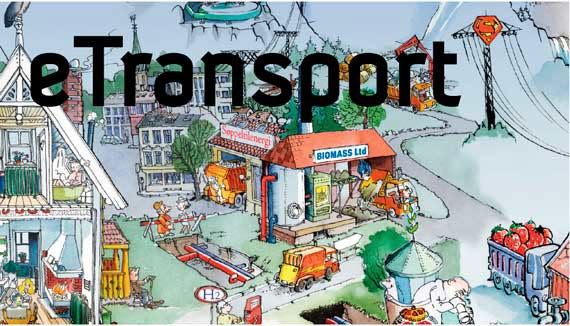New emerging technologies yield better possibilities to design sustainable energy systems for the future, but also introduce more complex energy systems to design, operate and maintain. Strategic planners in modern multi-energy companies need to consider complementarities between electricity, heat and gas within their own company, and public planners need to give a fair and neutral evaluation of projects across the traditional energy supply systems.

Furthermore, it is becoming more and more important to show that a company has a broad system perspective in both planning and operation, where choices between multiple infrastructures have to be made subject to environmental, geographic and economic constraints. Complex analyses and decisions have to be documented in a formal and transparent way, also for opinion groups without technological background.
To meet this development, more comprehensive and flexible planning tools are needed, in particular at distribution system level. SINTEF Energy Research has developed a new PC based optimization model for planning of local energy systems where different energy carriers and technologies are considered simultaneously. The model gives the user a graphical overview of a given energy system (e.g municipality, city, suburb) with respect to costs, environmental consequences and use of local energy resources. The current version can optimize the construction of infrastructure for most relevant energy carriers; electricity, district heating, cooling, gas, waste and biomass, including conversions between these. It is not limited to continuous transport like lines, cables and pipes, but can also include discrete transport by ship, road or rail.
The main task of the model is to optimize investments in infrastructure over a planning horizon of several decades to bring available energy to the end user in such quantities and in such form that the end users demands are covered in the economically and environmentally best way possible. As part of the investment analysis, however, the model also optimizes diurnal operation for different periods of the year for each alternative system design. This operational module can be run independently from the investment module. Mathematically, the model uses a combination of linear programming (LP), mixed integer programming (MIP) and dynamic programming (DP). 
A Windows-based graphical user interface is developed where the user can design the energy system model by dragging modules from a component library and dropping them in the drawing area. All data input and adjustments are made in this interface, and the user can run simulations and examine the results without having to edit complex code or data files. The complete model is stored in a database and results can be exported to MS Excel.
Since 2001 the model development has been funded by the Research Council of Norway and 11 Norwegian energy companies.


